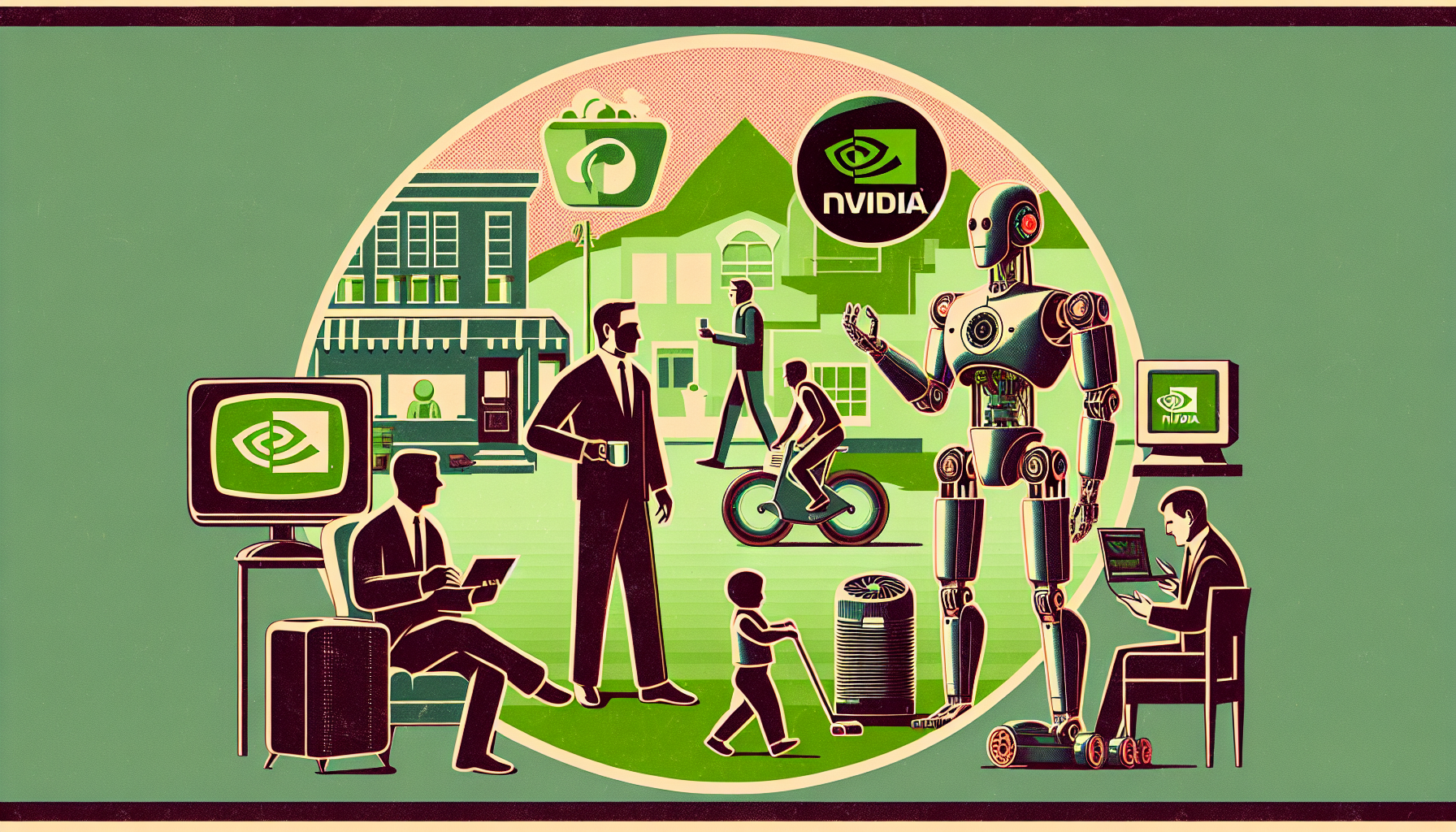Humanoid robots are stepping into a new era. Guided by remarkable developments in artificial intelligence and advanced computing, these robots are learning to move and work in ways that bring them closer to our daily lives. At the center of this progress are NVIDIA’s technological breakthroughs, which are reshaping how humanoid robots are designed, trained, and integrated into the world.
A New Age in Humanoid Robotics
Robots that look and act like us have always captured human imagination. Today, the pace of innovation is accelerating. Humanoid robots are gaining the skills to handle complex tasks with increasing precision. This transformation is not happening by chance—NVIDIA’s powerful computer platforms and training systems are giving robots the tools they need to learn, adapt, and improve.
NVIDIA’s Vision: Developing Intelligent Humanoids
NVIDIA leads the field with its sophisticated training platforms. Tools like Isaac Sim and Isaac Lab allow robots to learn in detailed virtual environments before moving out into the world. These platforms make it possible for robots to practice and master everything from balancing to problem-solving, all without risk. By the time they enter real-world settings, they are already well prepared for the challenges ahead.
The Power of Isaac GR00T N1
Central to this progress is the Isaac GR00T N1 model. This open-source foundation changes how robots learn. It balances two different kinds of thinking: quick action for immediate response, and slower, more strategic planning for complex tasks. With this dual approach, robots can react instantly to new situations while also making smart decisions about what comes next.
The Isaac GR00T N1 doesn’t start from scratch. It comes pre-loaded with essential skills, and it can be further trained using either real-world examples or simulated scenarios. This ability to customize learning means that humanoids can be prepared for a vast range of jobs, such as carrying materials in a warehouse or helping with chores at home.
Faster, Smarter Learning with Synthetic Data
Teaching robots in the real world takes time and resources. NVIDIA’s use of synthetic data—imaginary but realistic experiences generated by computers—solves this problem. With the Isaac GR00T Blueprint, thousands of learning examples can be created in just a few hours. This process allows robots to learn rapidly, improving both their accuracy and their readiness for unexpected situations.
This method ensures robots can continue to grow smarter over time by drawing from an ever-increasing library of experiences, both real and synthetic. The result is a robot that’s flexible, reliable, and always learning to serve better.
Human-Robot Collaboration: What Lies Ahead
The future is about creating robots that do more than just follow instructions—they must blend smoothly into our lives. To be truly helpful, humanoid robots need to understand, adapt, and respond to the constant changes of the human environment. NVIDIA’s advanced technologies are laying the groundwork for this evolution.
Humanoid robots, trained using these new systems, are becoming capable helpers and companions. They are learning not only to perform tasks but also to cooperate and connect meaningfully with people. The goal is not simply automation, but partnership—a future where robots enhance and support human abilities rather than replace them.
Looking Forward
With each new advancement, the promise of humanoid robots comes closer to reality. NVIDIA’s innovations, like the Isaac GR00T N1 and their synthetic data platforms, are turning science fiction into genuine progress. As artificial intelligence grows even more capable, we can expect these robots to take on greater roles in our communities and daily lives—always learning, always adapting, always ready to help.

Leave a Reply